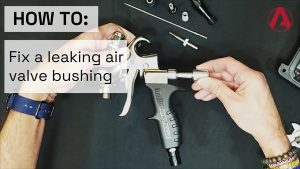Application of the gate valve
Gate valve, also known as flanged gate valve, is a widely used valve. Its closing principle is that the gate sealing surface and the seat sealing surface are highly smooth and flat, and they are close to each other, which can prevent the medium from flowing through, and rely on the top die, spring or gate mold to enhance the sealing effect. It mainly plays a cutting role in the pipeline.
Its advantages are: small fluid resistance, energy-saving opening and closing, can be used in the case of bidirectional flow of media, no directionality, the full-open sealing surface is not easy to erode, short structure length, not only suitable for small valves, but also suitable for large valves.
The gate valve can be divided into two types according to stem threads, one is open-rod type and the other is dark-rod type. According to the gate structure, it can be divided into two categories, one is parallel, the other is mode.
Classification of gate valves
Manual gate valve working principle: Turn the handwheel, through the handwheel and stem threads in and out, lift or drop the valve plate connected with the stem, to achieve the opening and closing role.
According to the classification of shell/body materials, the gate valve can be divided into:
Metal material valves: such as carbon steel gate valve, alloy steel valves, stainless steel valves, cast iron valves, titanium alloy valves, Monel valves, copper alloy valves, lead alloy valves, etc.
Metal body lined valves: such as rubber-lined valves, fluorine-lined valves, lead-lined valves, plastic-lined valves, enameled valves.
Non-metallic material valves: such as ceramic valves, glass valves, plastic valves.












